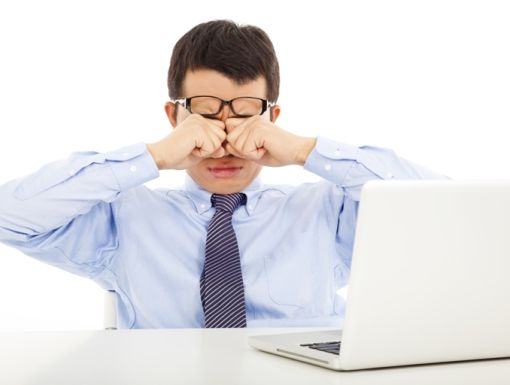
Treat Dry Eyes to Avoid Damages to the Cornea
Maybe you work on the computer from 8 a.m. to 5 p.m. and you've noticed how blurry your vision becomes by the end of the day. And then that glaring sunlight coming through the windshield in the afternoon drive home from the office is beginning to really hurt! You may be suffering from Dry Eye, according to Donavon Lafleur, OD, now practicing at Ochsner Vision Center - Ochsner Medical Complex - The Grove
"Dry Eye is a condition that affects millions of people. It is more common in women over 35 years of age," Dr. Lafleur says. "Dry Eye is often associated with hormonal changes that occur with aging, pregnancy, and menopause. It is also commonly found in patients with medical conditions such as arthritis, lupus, diabetes, and Sjogren’s syndrome."
Dr. Lafleur points out that many prescriptions or over the counter medications can contribute to dryness as well. These include decongestants, antihistamines, diuretics, oral contraceptives, certain anti psychotics, and chemotherapeutic agents. Environmental factors are also known to contribute to causing symptoms. These include cigarette smoke, dry air, prolonged computer use and sometimes contact lens wear.
Symptoms of dry eye include:
- Blurry vision,
- Red burning eyes,
- Sandy or gritty feeling eyes,
- Watery eyes or excessive tearing,
- Contact lens discomfort/intolerance, and light sensitivity.
If left untreated, dry eye can cause damage to the delicate corneal tissue resulting in ocular irritation/discomfort and blurred vision.
Treatments for dry eye may include:
- Over the counter moisture eye drops/gels or ointments,
- Prescription eye drops,
- Oral antibiotics or punctual plugs (to keep tears on the surface of the eye longer).
Ask your eye care specialist about being evaluated for Dry Eyes, or make an appointment Dr. Donavon Lafleur by calling 225-761-5200.



